December 1, 2014 marked the 27th annual observation of World AIDS Day. Its purpose has always been to raise awareness, increase activism, foster prevention, support the HIV/AIDS community and most poignantly, commemorate the 39 million people worldwide who have died from AIDS. One would think that two-and-a-half decades are a sufficiently long time to accomplish those ends. But as recently as 2013, 1.5 million people died from AIDS-related illnesses. The 2014 figures aren’t in yet.
As a volunteer at Desert AIDS Project (D.A.P.), I am regularly reminded how AIDS remains firmly entrenched—manageable to a degree with proper treatment, but still without a cure. With several at-risk communities here—gay men, seniors, minority youth, impoverished persons and too many people generally under-informed about HIV—we hope World AIDS Day has been a good opportunity to get their attention.
So how effective is the Day and specifically, what results does it produce here in the Coachella Valley?
For a collection of relatively small communities, the Valley has a great number of resources. This year, D.A.P. and the Riverside County Department of Public Health sponsored a free, full-day conference, “Pathways to Health,” that focused not only on the basics of HIV education (nature of the virus, transmission, prevention, testing, medications, treatments, etc.) but the tangential aspects that profoundly affect quality of life with HIV as well. Lectures and breakout session topics included substance abuse, family planning, sexual health, insurance and the Affordable Care Act, nutrition, pain management, aging and other issues that complicate living with HIV.
Two well-known HIV veterans contributed their first-hand experiences to attendees, some of whom were too young to remember the early days of AIDS. Timothy Brown, also known as “the Berlin patient,” was technically cured of AIDS several years ago through a very complex treatment of medications, surgeries and bone marrow transplants. Brown remains HIV-free and his results are encouraging, but the bone marrow treatment, for now, is not a practical or easy road to a cure for broad application.
Keynote speaker Sean Strub, long-time activist and founder of POZ magazine, talked of his own battles with the disease and his current work to eliminate the stigma that still surrounds HIV and AIDS. And that is the gist of where we stand today in dealing with the epidemic: overcoming that stigma, fear and ignorance, and replacing them with solid information, testing and treatment options, which is really at the core of World AIDS Day.
One good sign is that the media paid attention: television stations KMIR and KESQ covered the Day’s events and the Desert Sun featured an excellent column by Mark Anton, director of AIDS Assistance Program (which provides food to lower income individuals living with HIV) that explained some HIV basics and promoted Get Tested Coachella Valley (GTCV), a region-wide public health campaign designed to reduce HIV by encouraging testing as standard medical practice and ensuring access to care.
In sum, World AIDS Day was a local success. Let’s hope that as education increases and new infections decrease, such commemorations will eventually
become unnecessary.






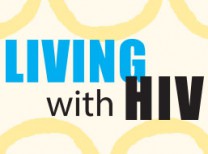
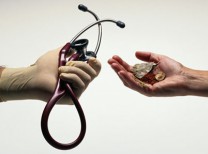
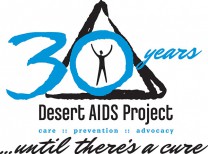









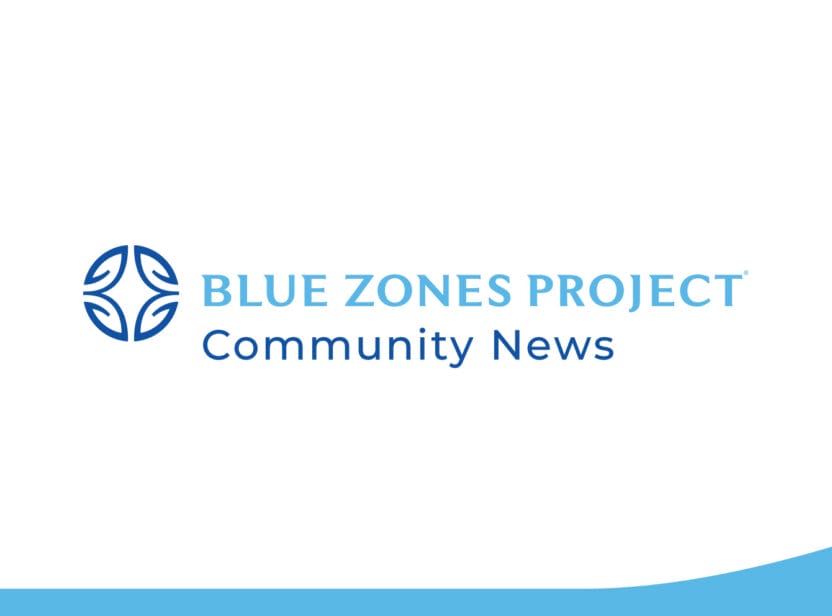









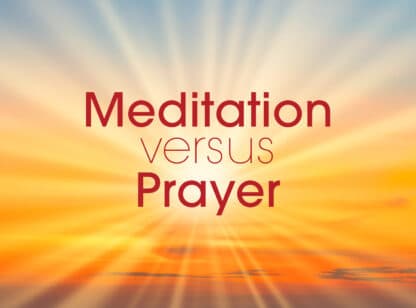
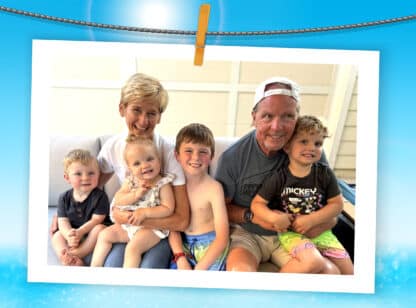
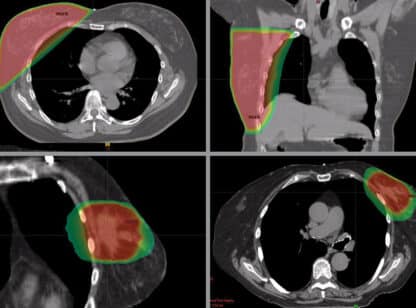








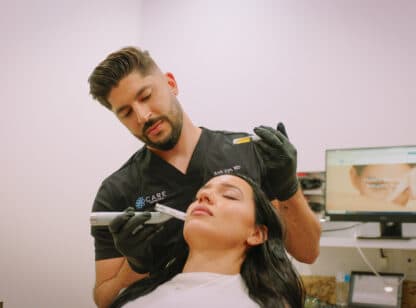
Comments (0)